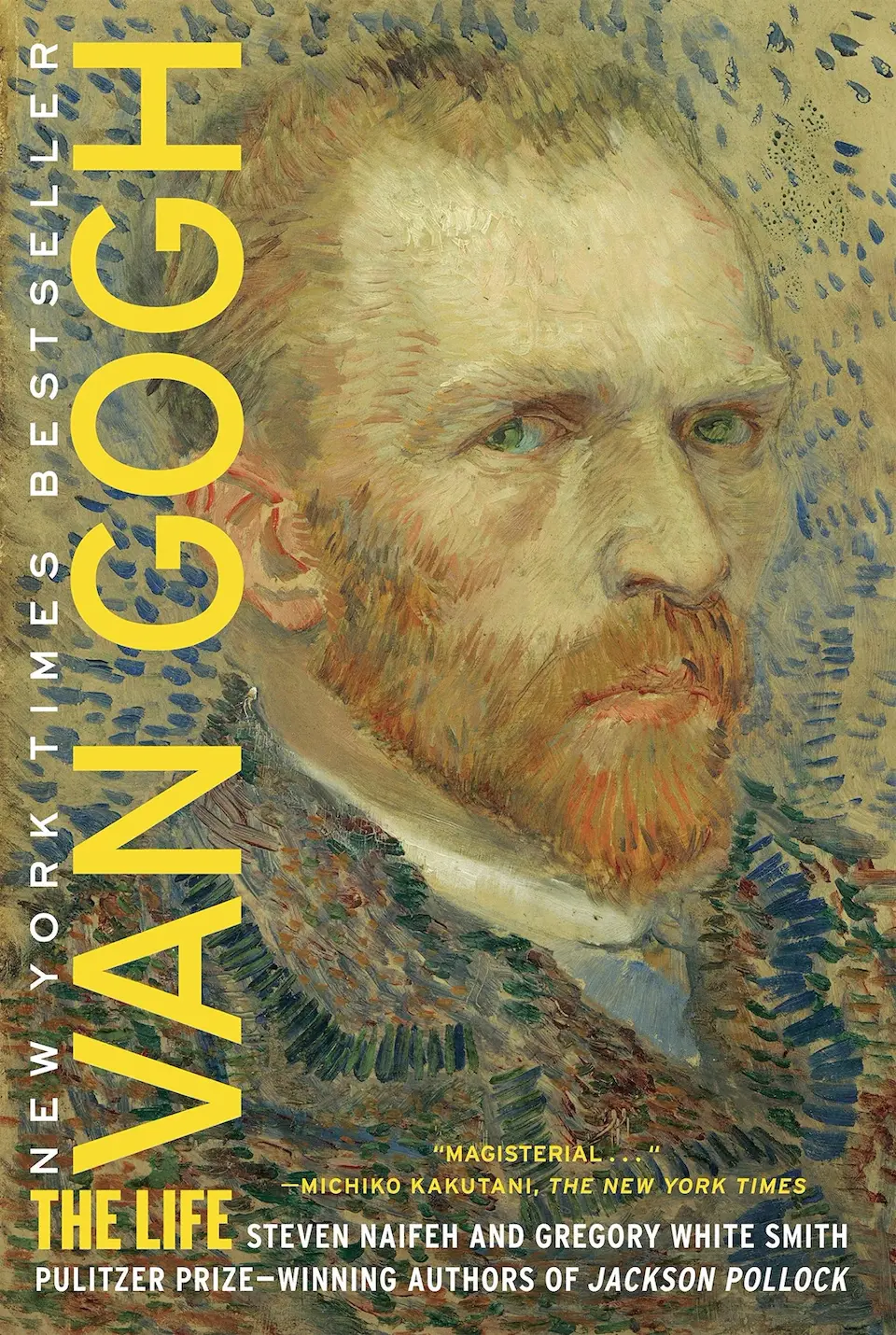Van Gogh: The Life
by Steven Naifeh and Gregory White Smith
Added:
Feb 24, 2021
Book Description
Steven Naifeh and Gregory White Smith, who galvanized readers with their Pulitzer Prize-winning biography of Jackson Pollock, have written another tour de force - an exquisitely detailed, compellingly readable portrait of Vincent van Gogh. Working with the full cooperation of the Van Gogh Museum in Amsterdam, Naifeh and Smith have accessed a wealth of previously untapped materials to bring a crucial understanding to the larger-than-life mythology of this great artist: his early struggles to find his place in the world; his intense relationship with his brother Theo; and his move to Provence, where he painted some of the best-loved works in Western art. The authors also shed new light on many unexplored aspects of Van Gogh’s inner world: his erratic and tumultuous romantic life; his bouts of depression and mental illness; and the cloudy circumstances surrounding his death at the age of thirty-seven.
Though countless books have been written about Van Gogh, no serious, ambitious examination of his life has been attempted in more than seventy years. Naifeh and Smith have re-created Van Gogh’s life with an astounding vividness and psychological acuity that bring a completely new and sympathetic understanding to this unique artistic genius.
Notes & Highlights
Chapter 23: The Waternix
“You make me think of old people who are always saying that in their young days everything was better,” Theo wrote in early 1885, after years of vainly pushing Vincent toward more modern painters, “meanwhile forgetting that they themselves have changed.”
Chapter 39: Starry Night
He compared the doldrums in the asylum halls on a rainy day to “a third-class waiting room in some stagnant village,” and he commented impishly that the menu of chickpeas, haricot beans, and lentils created “certain difficulties” with digestion that resulted in patients “filling their days in a way as offensive as it is cheap.” He called this collective gastric distress one of the institution’s primary “daily distractions, along with boules and checkers.”
Chapter 41: “A Degenerate Child”
As he paraded his new success to family and friends, the deception of it weighed on him more and more heavily. “Pride, like drink, is intoxicating,” he confessed. “When one is praised, and has drunk the praise up, it makes one sad.”
Vincent’s work was dubbed “le clou”—the star—of the show
Chapter 42: The Garden and the Wheat Field
Having seen nothing but his own easel work for so long, he was overwhelmed by Puvis de Chavannes’s gigantic mural Inter artes et naturam (Between Art and Nature) with its marriage of “primitive” archaic form and modern simplicity.
Of all Vincent’s paintings the world had seen since January, Gauguin had expressed particular admiration for the Arlésienne—Vincent’s portrait of Madame Ginoux based on Gauguin’s own drawing of her.
…the year in the asylum of Saint-Paul-de-Mausole had left an indelible mark on Vincent’s demeanor…
A Note on Sources
Recently … the Van Gogh Museum completed a fifteen-year project of retranslating Vincent’s letters and the result is the monumental and indisputably definitive Complete Letters published in 2009 and available online at VanGoghLetters.org.
The compromise we struck was to separate the notes from the text and put them all online, free of cost, at VanGoghBiography.com.
Get a copy
